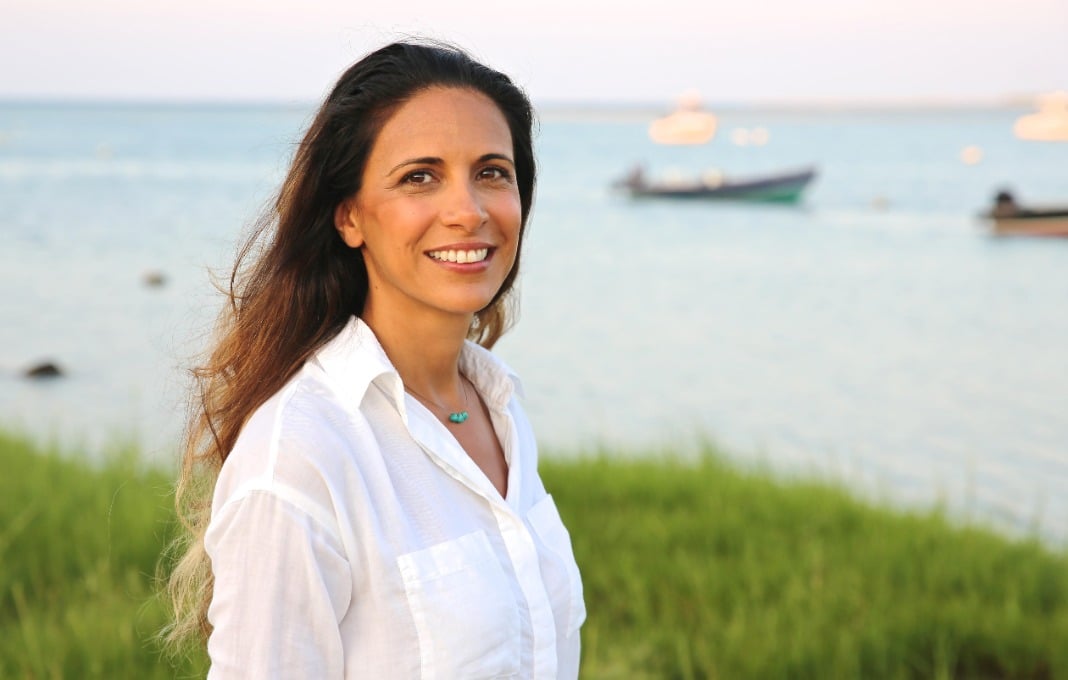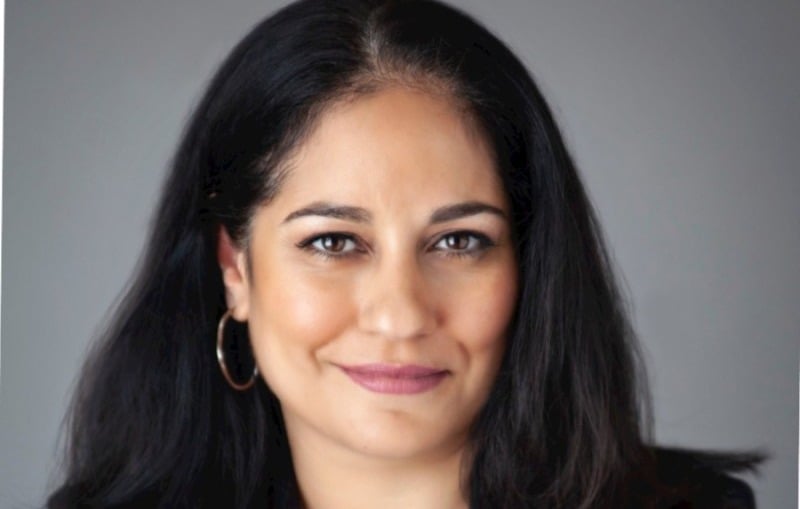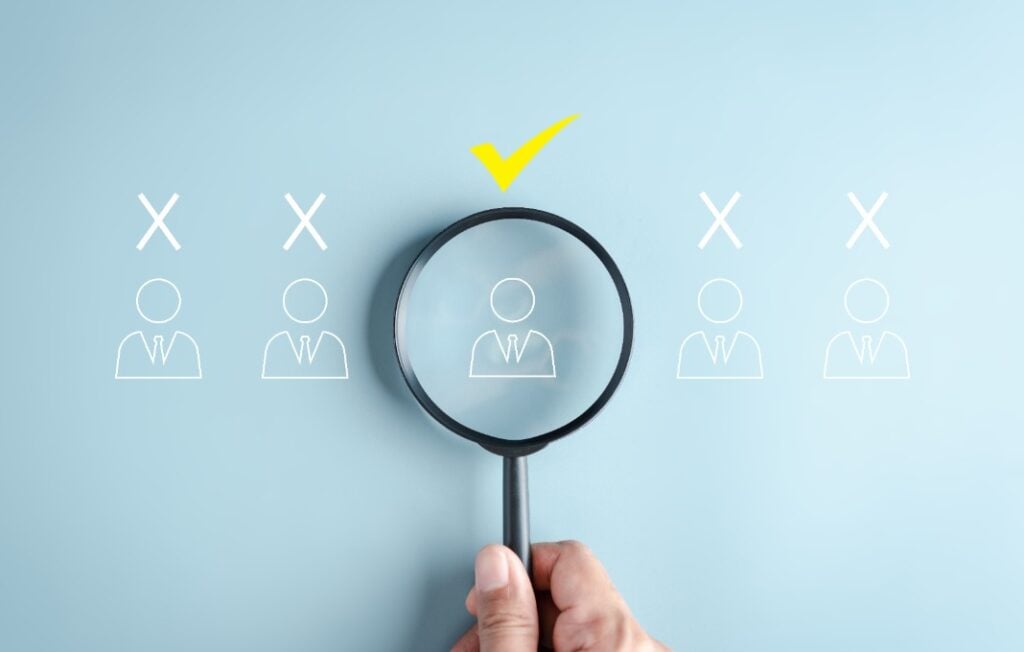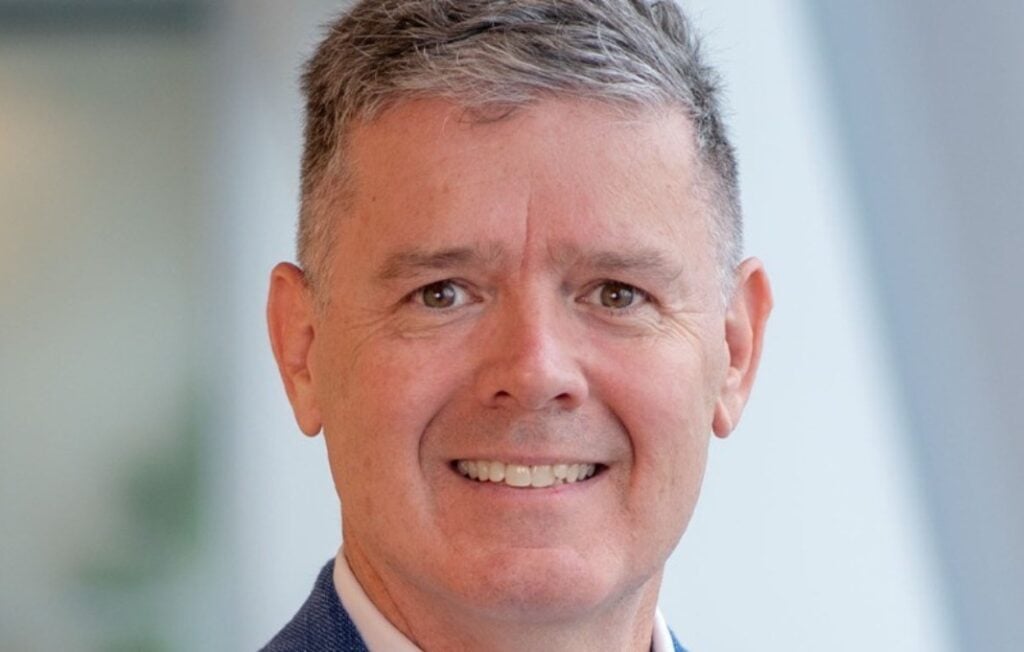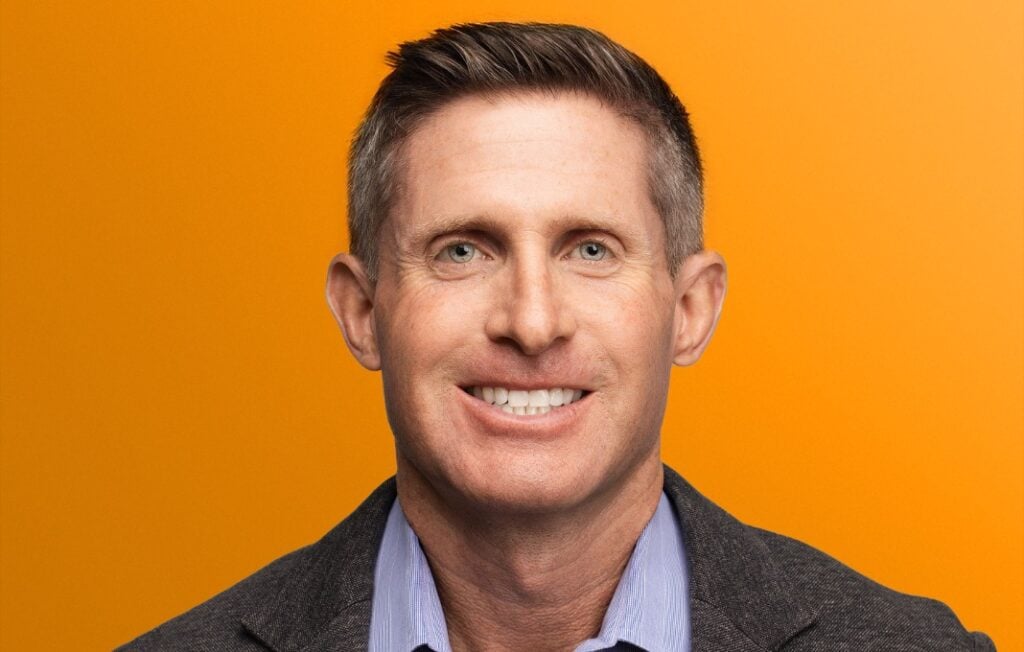With recent backlash to organizational DEI programs and organizational burnout, “cultural fatigue” has been on the rise. How can HR leaders help combat this phenomenon, both within their workforce and themselves, and create truly supportive work environment?
According to Elika Dadsetan-Foley, executive director of the nonprofit VISIONS, Inc., it’s time to change the narrative. She gives her take on cultural shifts happening in the workplace, and strategies for sustainable change. “This isn’t about checking a box,” she asserts. “It’s about building the leadership muscle to navigate complexity, difference and discomfort with skill and integrity.”
You work with HR and executive leaders across sectors. What trends are you seeing in how HR teams are navigating cultural fatigue and the evolving expectations of their workforce?
We’ve been seeing a shift away from “checklist” inclusion efforts toward more integrated, human-centered leadership. Cultural fatigue is real—not just from ongoing global and societal disruptions, but from years of reactive policy shifts without the deeper cultural alignment to sustain them. HR leaders are navigating exhaustion not only in their teams, but within themselves.
What’s working is a return to foundational practices: creating spaces for meaningful dialogue, embedding inclusive behaviors into leadership expectations and strengthening psychological safety. Some organizations are experimenting with “micro-behavioral” shifts—embedding simple conversation guidelines into meetings, for example—which reduce conflict and increase engagement without requiring major structural overhauls.
At VISIONS, we help HR teams focus on three dimensions of sustainable change: cognitive—understanding systems and context; emotional—processing the impact; and behavioral—acting with consistency. When leaders work across all three, the outcomes are stronger, and the fatigue lessens because people feel seen and supported, not just managed.
In the wake of DEI backlash and organizational burnout, what strategic advice do you have for CHROs trying to foster accountability without triggering resistance or fear?
One of the most effective things CHROs can do right now is shift the narrative. Instead of framing this work as a mandate, frame it as a leadership advantage. We tell clients: This isn’t about checking a box—it’s about building the leadership muscle to navigate complexity, difference and discomfort with skill and integrity.
At VISIONS, we talk about equity as a human-centered strategy. It’s not an add-on; it’s the foundation for retention, innovation and culture. In a climate where people are fearful of “saying the wrong thing,” we offer tools for dialogue that prioritize repair over punishment and clarity over perfection.
HR leaders can lead the way by modeling vulnerability, reinforcing inclusive behaviors and reminding teams that accountability is not synonymous with blame. It’s about building organizations where feedback is welcomed, learning is continuous, and relationships are prioritized—even across disagreement.
What are the most effective people practices you’ve seen HR leaders adopt that have sustained organizational culture during moments of uncertainty or transition?
Some of the most effective practices are also the most relational. We’ve seen HR leaders hold facilitated listening sessions not just after a crisis, but as ongoing practice. Others have embedded emotional literacy into performance reviews—encouraging leaders to name how they’re showing up, not just what they’re producing.
One client undergoing a leadership transition reoriented their onboarding program around values alignment and cultural resilience. Rather than focusing solely on organizational policies, they invited new hires into shared dialogue about communication styles, conflict norms, and what trust looks like across differences.
What makes these practices successful is not perfection, but consistency. When employees see that leaders are committed to ongoing reflection, transparency and care, they’re more likely to stay engaged—even when things are hard.
Looking back on your own leadership path, what personal lessons have most influenced how you show up in this work, and what advice would you give to the next generation of HR leaders?
My leadership path has been anything but linear. I’ve worked in post-conflict settings, humanitarian response, global education, law and now, nonprofit leadership. What ties it all together is my belief in relationships as the foundation of all systems change. The lesson I return to most often is this: People don’t resist change; they resist harm, disrespect and being unseen.
As an immigrant, as a woman of color and as a social worker by training, I’ve learned to lead from the inside out. That means holding space for discomfort, listening deeply and choosing curiosity over certainty—especially when tensions are high.
To the next generation of HR leaders, I’d say: Don’t shrink your humanity in order to lead. The best leadership is not about having all the answers, it’s about creating environments where people can bring their full selves, make mistakes and grow. In these times, we don’t just need efficient leadership. We need brave leadership.


